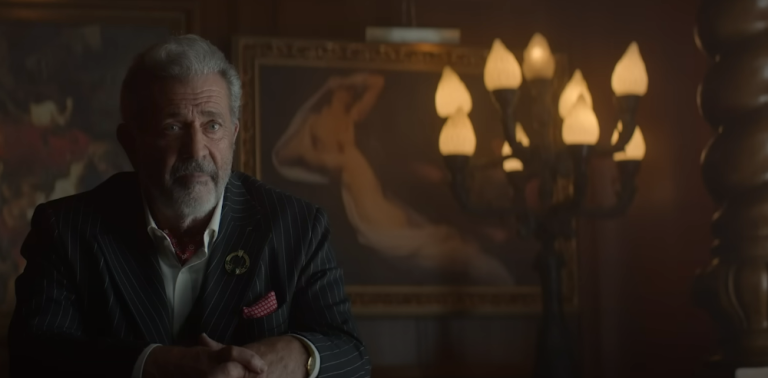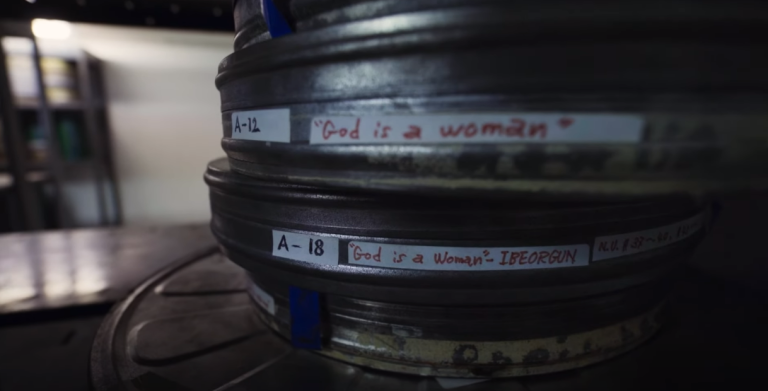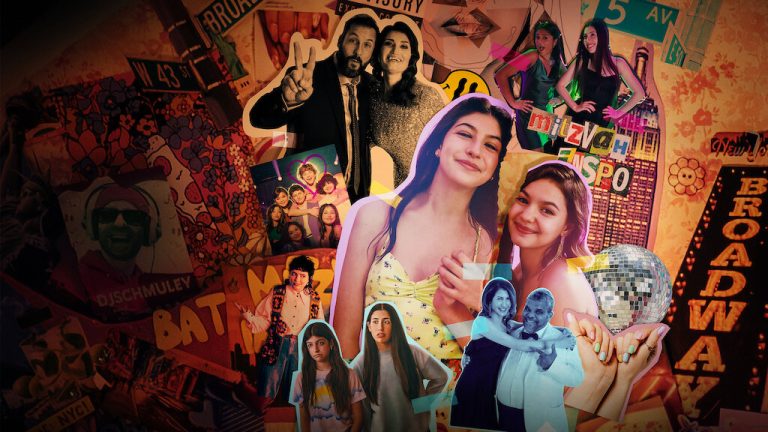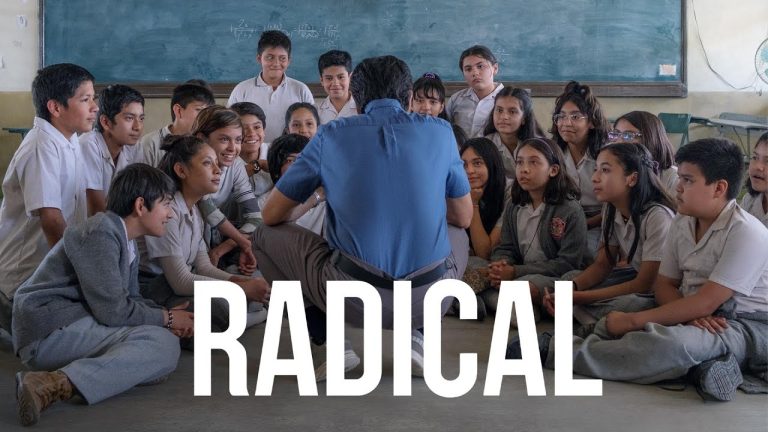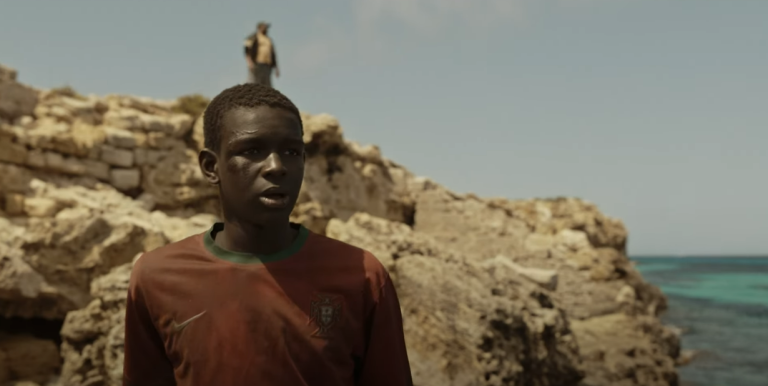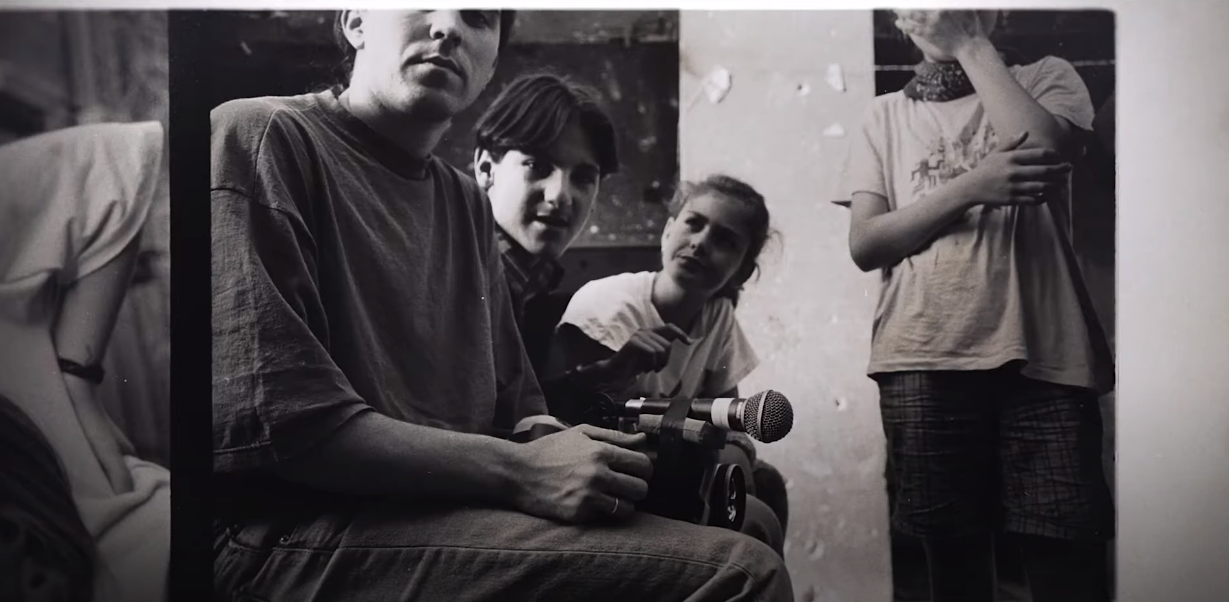

The image captures a simple beauty pageant scene with ten tall, slender, and smiling women in bathing suits. They unfurl a banner that reads “DON’T LET THEM KILL US.” This scene, seen in various forms like CD covers and music videos, symbolizes the blend of innocence and the harsh reality of the siege in Sarajevo depicted in Nenad Cicin-Sain’s “Kiss the Future”.
In Sarajevo, citizens faced a siege by their president, Slobodan Milošević, who employed nationalist policies and ethnic cleansing to target the diverse population. Despite lacking weaponry, the people showed remarkable resilience through their artistic expression, humor, punk rock, and even beauty pageants. “Kiss the Future” narrates how Sarajevans used art to cope and maintain a sense of normalcy amidst the dangers of sniper fire from the Serbian army.
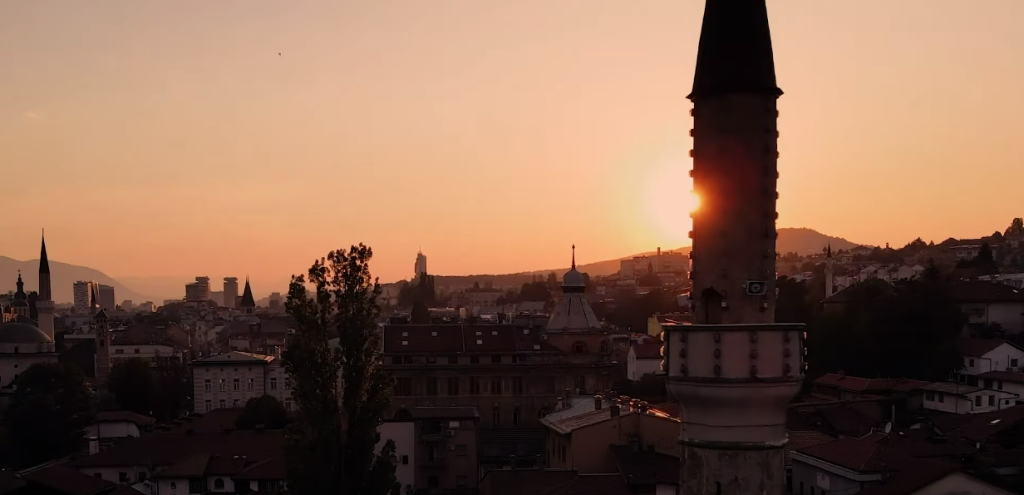
Cicin-Sain’s film could have followed the usual path of documentaries focusing solely on recounting atrocities of the past. However, it wisely shifts the spotlight to the people and culture of Sarajevo during this time. Enes Zlatar, the lead singer of punk band Sikter, is one of the first individuals introduced. Despite having no experience, he volunteers for the fire department. Zlatar, with his charm and humor, recognizes the importance of maintaining a sense of normalcy amidst the chaos of war. Alongside his bandmates, they organize underground shows powered by generators, sparking an underground art and punk movement in Sarajevo, often covered by a local media station named RAT ART.
During the siege in 1992-93, mainstream media largely ignored the atrocities in Bosnia and Herzegovina, except for Christiane Amanpour’s reporting. The UN was also slow to respond to the crisis. Independent journalist Bill Carter, who co-produced the film, documented the situation with his camera. He attempted to secure an interview with his favorite band, U2, who were on tour with the innovative Zoo TV tour in Europe. After a series of twists, Carter finally landed a backstage interview with Bono, where he shared the situation in Sarajevo and its culture. Bono, unaware of the situation, expressed interest in visiting the city.
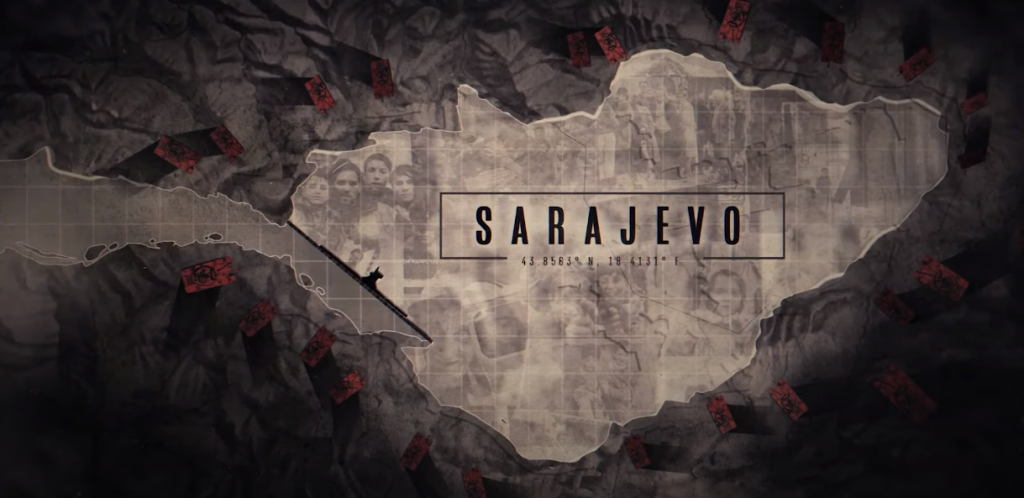
Cicin-Sain focuses on U2 for parts of the film, recognizing the band’s widespread media coverage during their tour. U2 used this attention to shed light on the situation in Sarajevo by conducting live interviews with its citizens during their shows. Carter facilitated these interviews while Bono spoke to the crowd. Although this increased media awareness, Cicin-Sain doesn’t overly praise U2 for it. There was acknowledgment within the U2 camp that this approach didn’t prompt significant change. In fact, one interview during a U2 show questioned their impact, causing a moment of reflection. This perspective might change how people view “The Greatest Night in Pop” after watching this film.
Years later, U2 fulfilled their promise to perform in Sarajevo as part of their PopMart Tour in 1997-98, marking a symbolic end to the war for many. While U2 fans, including myself, will likely form a significant part of the audience for this film, Cicin-Sain emphasizes the broader message: the power of normalcy and joy in resisting oppression. While music, art, and humor couldn’t directly end the war or stop the violence, being part of or attending any artistic event felt like a defiant act against those in power. Sometimes, that defiance is enough.
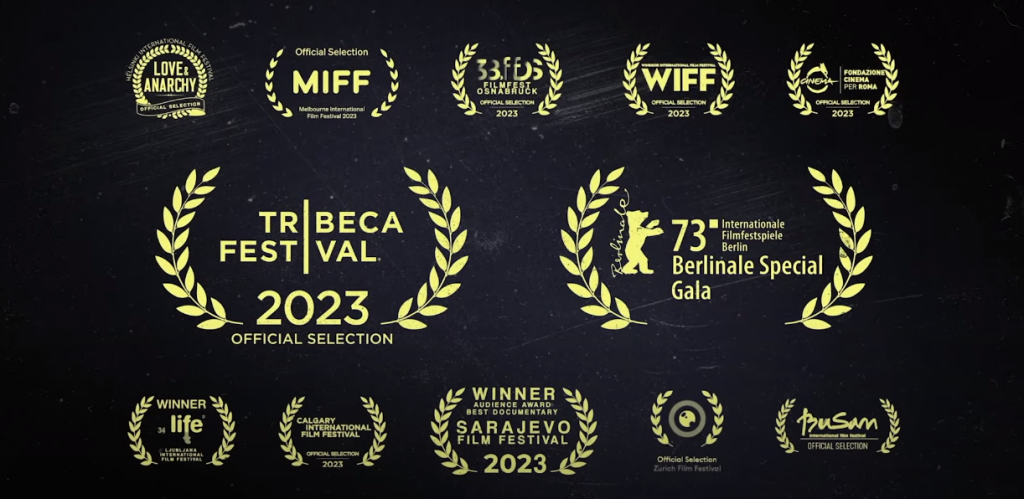
To their credit, U2 insisted that the focus of the film remain on the people of Sarajevo rather than on themselves. Cicin-Sain strives to strike a balance, although the emotional impact may resonate more strongly with U2 fans. “Kiss The Future” doesn’t take many stylistic risks and doesn’t introduce anything groundbreaking to the documentary genre. It’s straightforward in its approach, with an expected message about relevance today by the film’s end. Fortunately, Cicin-Sain avoids drawing too many obvious parallels during the closing, preventing the audience from feeling overwhelmed by anger, fear, or hopelessness as they look towards the future. The film’s foundation lies in hope, joy, and the love of art, illustrating how the arts can unite, unsettle those in power, and contribute to the rebuilding of a city that viewers may wish to visit after watching. The “DON’T LET THEM KILL US” sign serves not only as a plea to the outside world but also as a rallying cry for the citizens themselves.
| Aspect | Summary |
|---|---|
| Setting | Sarajevo during the siege, facing atrocities by President Slobodan Milošević’s nationalist policies and ethnic cleansing. |
| Resilience | Despite lacking weaponry, Sarajevans demonstrate resilience through artistic expression, humor, and punk rock, using art to cope and maintain normalcy amidst the danger of sniper fire. |
| U2’s Involvement | U2 sheds light on the situation in Sarajevo during their Zoo TV tour by conducting live interviews with citizens, although their impact on prompting significant change is questioned. U2 later fulfills their promise to perform in Sarajevo, symbolizing an end to the war for many. |
| Film’s Focus | The film focuses on the people and culture of Sarajevo, with U2’s involvement serving as a backdrop rather than the main focus. Cicin-Sain emphasizes the power of normalcy and joy in resisting oppression through art. |
| Stylistic Approach | “Kiss The Future” takes a straightforward approach without taking many stylistic risks or introducing anything groundbreaking. The film avoids drawing obvious parallels during the closing, focusing on hope, joy, and the love of art as a foundation for unity and rebuilding. |
| Emotional Impact | While the emotional impact may resonate more strongly with U2 fans, the film strikes a balance between focusing on the people of Sarajevo and the broader message of resilience and the power of art. |
| Relevance Today | The film’s expected message about relevance today is delivered, highlighting the continuing importance of unity and resistance against oppression. |
| Overall Message | “Kiss The Future” underscores the role of art in uniting people, unsettling those in power, and contributing to the rebuilding of Sarajevo. The “DON’T LET THEM KILL US” sign serves as both a plea to the outside world and a rallying cry for the citizens themselves. |

